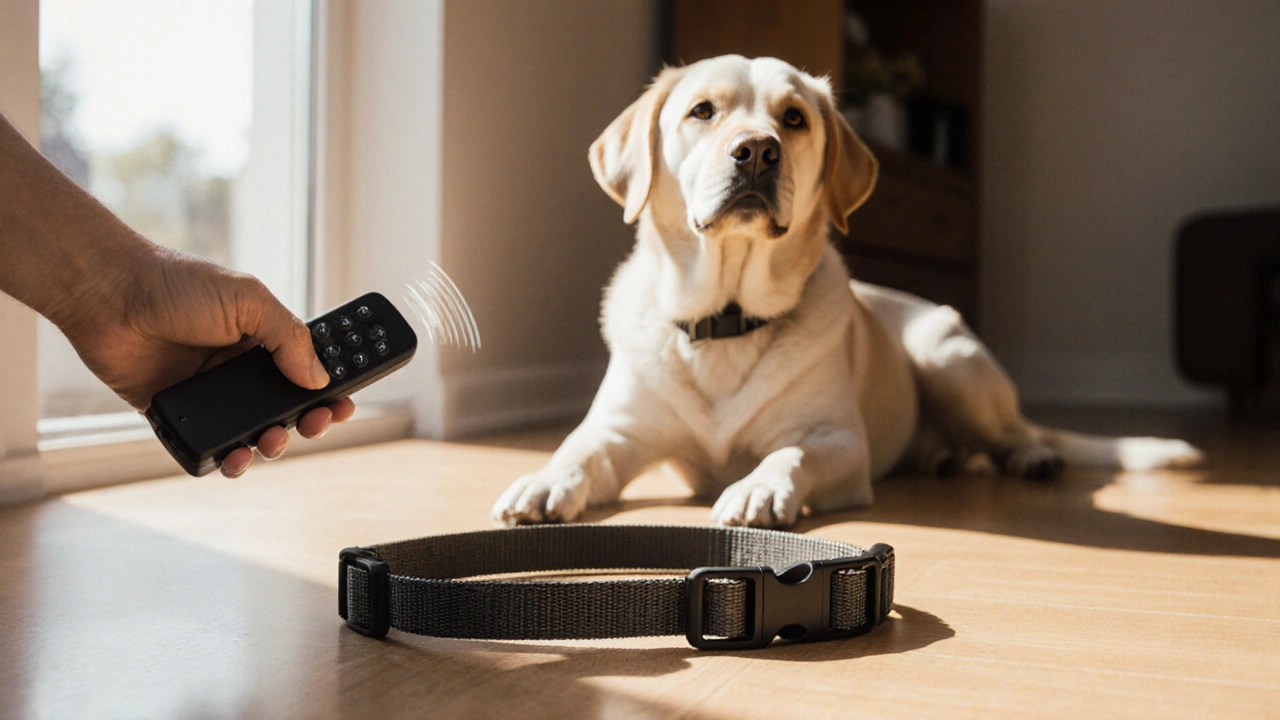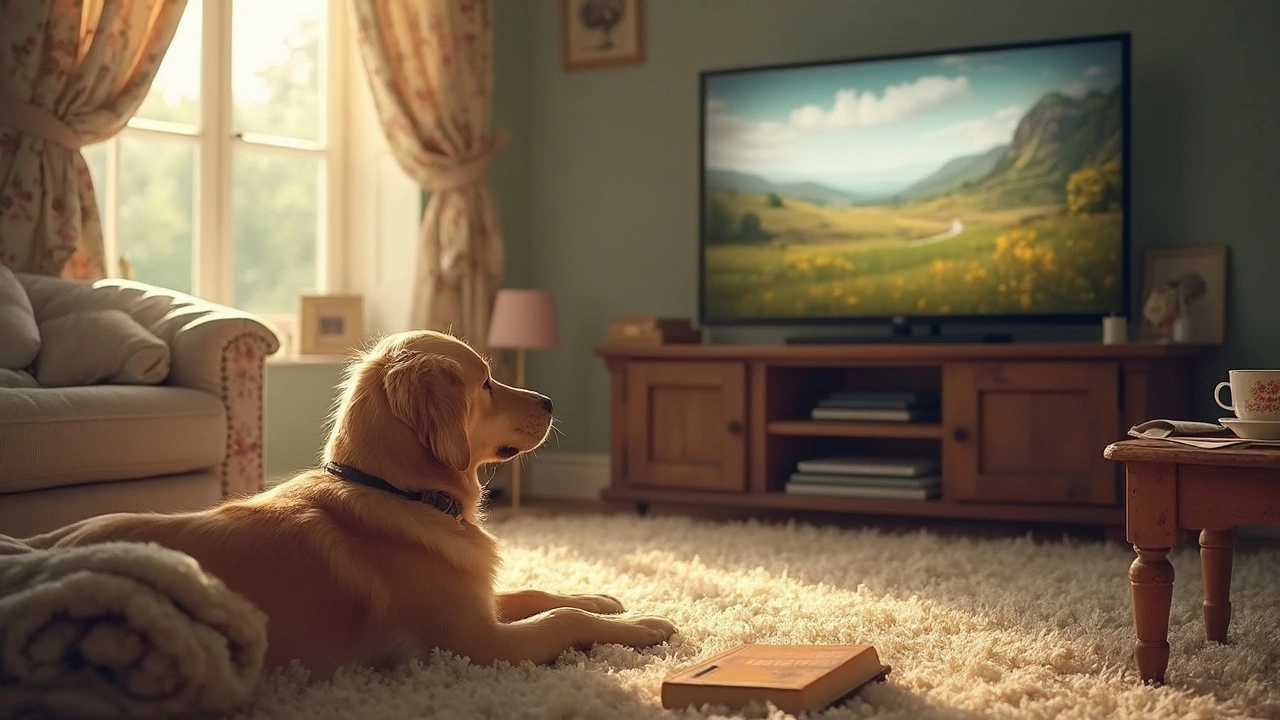Dog Anxiety: Simple Ways to Calm Your Pup
If your dog barks at the mail carrier, paws at the door when you leave, or seems nervous during a thunderstorm, you’re probably dealing with anxiety. It’s not just a cute quirk – anxiety can make a dog unhappy and even affect its health. The good news is you can help right at home with a few easy steps.
Spot the Signs Early
First, learn what anxiety looks like. Common clues are trembling, excessive licking, panting when it’s not hot, pacing, or trying to hide. Some dogs also whine or try to escape a room they feel unsafe in. Notice when these behaviors happen – is it during fireworks, car rides, or when you’re at work? Pinpointing the trigger helps you choose the right remedy.
Calming Tricks That Work
Create a safe zone. Set up a quiet corner with a comfy bed, a favorite toy, and maybe a piece of your clothing. When your dog feels scared, guide them to that spot. The familiar scent and a soft space can lower the stress response.
Use a routine. Dogs love predictability. Feed, walk, and play at the same times each day. A steady schedule tells your dog what to expect, which reduces worry about the unknown.
Try gentle background noise. Soft music or a white‑noise machine can mask sudden sounds like traffic or fireworks. Many owners find classical piano or nature sounds calming for their pets.
Offer a calming treat. Look for treats that contain natural ingredients like L‑theanine or chamomile. These aren’t a cure, but they can smooth the nerves during a stressful event.
Practice short exposure. If your dog fears car rides, start with a five‑minute drive, then reward calm behavior. Slowly increase the time. This gradual exposure builds confidence without overwhelming your pup.
Massage and touch. Gentle belly rubs or a slow, steady stroke along the back can release tension. Pay attention to how your dog reacts – some prefer a light touch, others like a firmer pressure.
When anxiety spikes, stay calm yourself. Dogs read our body language; if you’re tense, they’ll mirror it. Speak in a soft voice and move slowly.
If home tricks aren’t enough, consider speaking to a vet. Sometimes anxiety stems from a medical issue or needs a prescription medication. A professional can also suggest a certified behaviorist for more targeted training.
Lastly, remember that patience is key. Anxiety doesn’t disappear overnight. Celebrate small wins – a short walk without trembling or a quiet night during a storm. Those victories add up and make a huge difference in your dog’s overall wellbeing.
With a clear sign‑check, a cozy safe spot, steady routine, and a few soothing tools, you can turn anxious moments into calmer ones. Your pup will thank you with wagging tails and relaxed sighs, and you’ll both enjoy a more peaceful home.
Posted By Bryndle Redding On 25 Oct 2025 Comments (0)
Do Vibrating Dog Collars Actually Work? Pros, Cons & Science Explained
Explore whether vibrating dog collars actually work, backed by research, pros and cons, safety tips, and a guide to choosing the right one for your pet.
READ MOREPosted By Bryndle Redding On 31 Mar 2025 Comments (0)
Can Leaving the TV on Help Dogs?
Leaving the TV on for dogs might seem odd, but it can have surprising benefits. From reducing anxiety to providing a calming presence, this trick can help your dog feel more comfortable when you're not around. Explore how TV noise can mimic human presence and learn practical tips to make it most effective. Discover whether this approach can really make a difference for furry friends prone to stress and loneliness.
READ MORE
